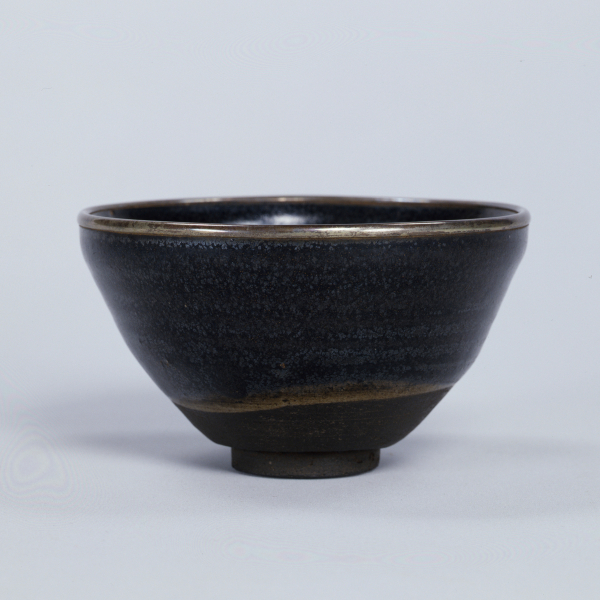Japanese Gallery (Honkan) Room 4
January 2, 2024 (Tue) - March 10, 2024 (Sun)
The custom of drinking powdered green tea (matcha) was brought to Japan from Song-dynasty China (960–1279). As this custom became prevalent among Buddhist monks, elite samurai, and townspeople, it evolved into an elegant art form known as chanoyu, or the tea ceremony. Today chanoyu is a central part of traditional Japanese culture.
This exhibition focuses on tea bowls, the most important utensils of chanoyu. It presents a variety of bowls and other vessels from China, Korea, and Southeast Asia that were repurposed for chanoyu when this living art form reached its peak between the mid-16th and the early 17th centuries. The exhibition also introduces distinctive tea bowls crafted in Japan specifically for chanoyu.

